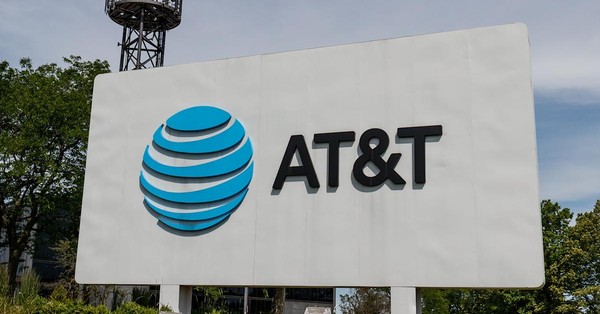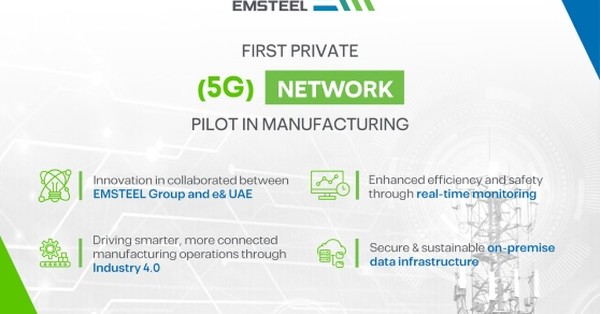Cellnex and its subsidiary Tradia have been granted the opportunity to construct both, a private 5G network and a public 5G network, along with Nokia, as part of an Adif Logistics Centres project.
Adif Alta Velocidad (Adif AV) selected both businesses for a €20.5 million contract to be completed within 62 months and revolutionize digitalization, consequently automating processes and reducing expenses in rail freight transportation with the 5G network expansion across ten essential logistics terminals.
Installing a 5G network in the rail infrastructure will help to bridge transport nodes and provide sustainable mobility solutions.
This transformation will give a much-needed boost to rail transport, particularly freight, driving up demand for this mode of transportation and allowing them to take important steps towards a more sustainable future.
This infrastructure will ensure advanced connection services for high-population areas and bring in 5G technology applications to make use of Internet of Things (IoT) networks. These networks are extremely important when it comes to keeping tabs on critical assets.
To ensure the best possible services, the proposed solution entails two radio networks: one 5G private network for Adif’s own service provision using 2,300 MHz band coverage in all terminal areas; and another public 5G network based on shared access elements. This system will give comprehensive coverage throughout the area via 700MHz bands as well as extra support in high-traffic areas through 3,500MHz bands.
This agreement allows telecommunications operators to leverage this infrastructure and offer their services in regions that would otherwise be unaffordable for them at the present time.
After a successful bid, the joint venture was given the contract to construct ten logistics terminals located in Vicálvaro and Villaverde (Madrid), Zaragoza Plaza, Barcelona Can Tunis and Barcelona La Llagosta, Valencia Fuente San Luis, Sevilla Majarabique, Vitoria Júndiz Bilbao and Valladolid. This includes drafting construction projects for supplies as well as installing maintenance operations onto this network’s infrastructure.







































